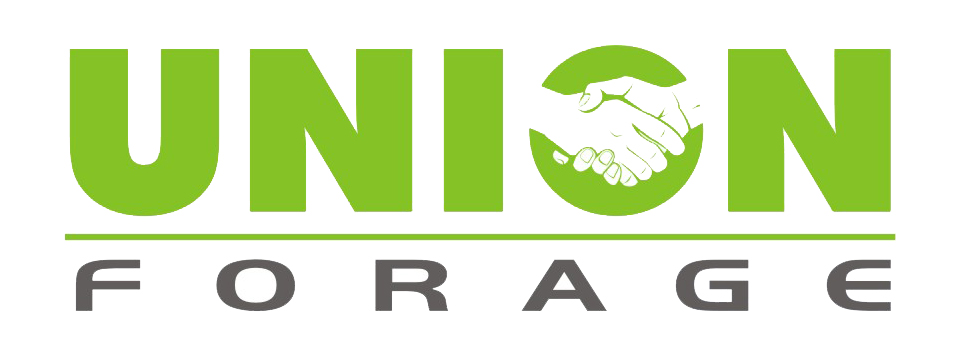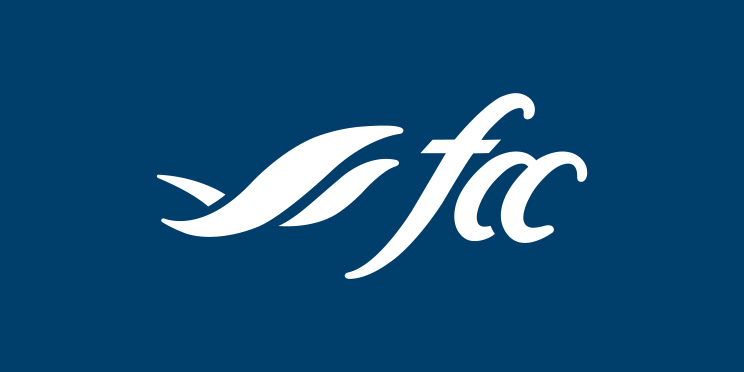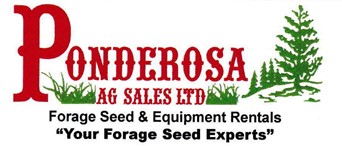Province Working with Patrons to Transition First 10 Federal Community Pastures
Today, Agriculture Minister Lyle Stewart announced the first 10 federal community pastures to be transferred to the province and to patron-controlled operation for the 2014 grazing season. Patrons will have the opportunity to own or lease these pastures.
"Patrons have had cattle grazing these pastures for years; they know this land better than anyone else; they are our best environmental stewards; and they will continue to have access to these lands which are important to their businesses," Stewart said. "We will continue to work closely with patrons to ensure a smooth transition as they take the steps necessary to operate these pastures."
The following federal community pastures will transfer to patron operation for the 2014 grazing season:
* Estevan-Cambria;
* Excel;
* Fairview;
* Ituna-Bon Accord
* Keywest;
* Lone Tree;
* McCraney;
* Newcombe;
* Park; and
* Wolverine.
"For many producers in this area, pastures are important to their operations," Chair of the patron advisory committee for the Ituna-Bon Accord Community Pasture Aaron Ivey said. "I believe producers will welcome the opportunity to take more control of their pastures at a local level. This transition can ensure they have access to the grazing into the future."
In May, an industry advisory committee was formed to provide advice and recommendations on this transition. The following recommended principles will guide the transition of these pastures to patron groups:
* Pasture patron groups will have the opportunity to own/lease each pasture;
* Each pasture will be maintained as a complete block;
* Any sales will be based on market value; and
* Any sale of native prairie land will be subject to no-break and no-drain conservation easements.
To read the complete SK Ministry of Ag News Release, click here.
Posted October 19, 2012
















